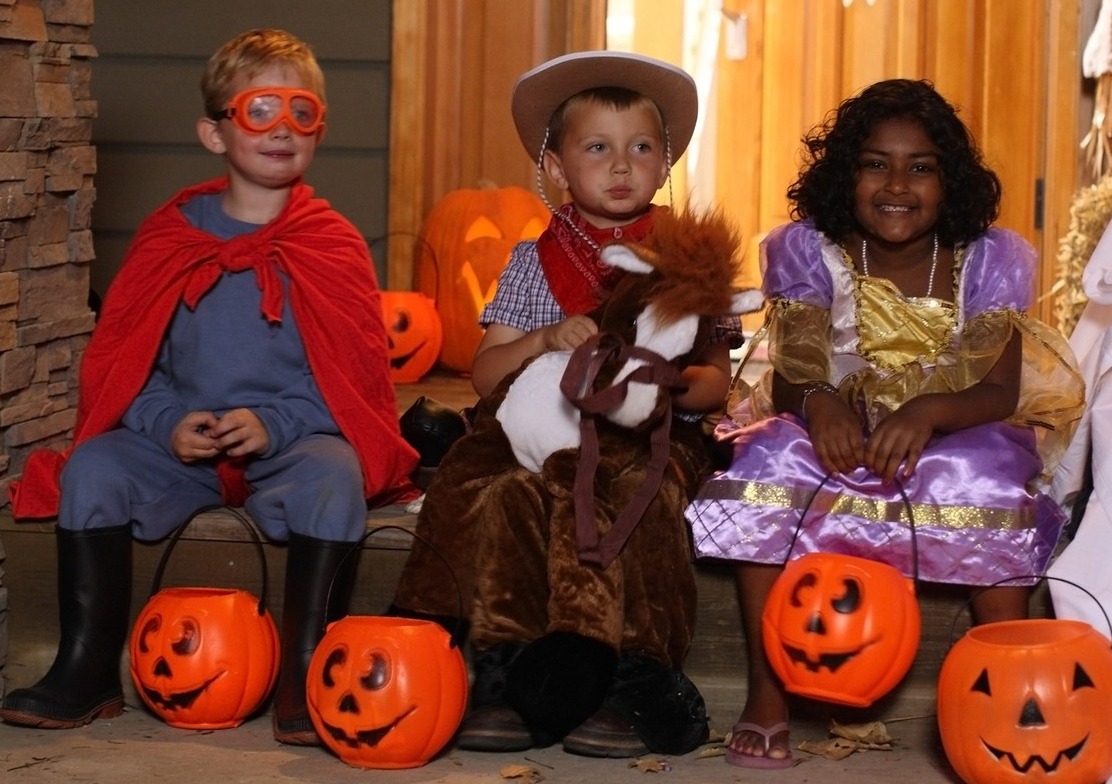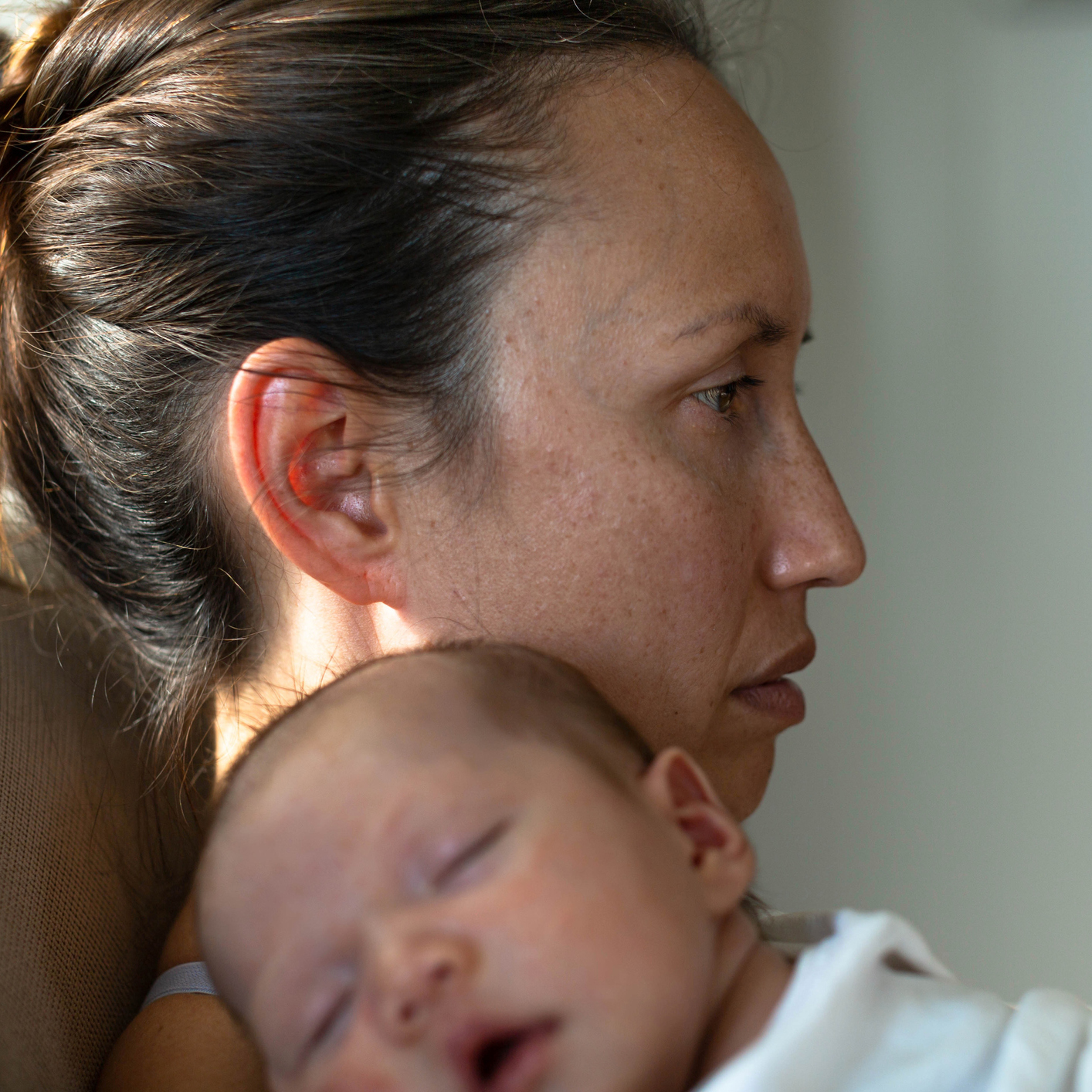
12/10/2023 | Safety
3 Ways to Help Keep your Kid Safe with Technology
Youth in South Carolina today are growing up in a high-tech world with devices that are constantly growing and evolving. A study conducted by the…


Topic: Safety
Whether you’re trick-or-treating in your neighborhood or celebrating at a community event, Halloween can be a magical time for children and parents. To stay safe and healthy this October, check out these tips.
Creativity isn’t the only important part of choosing a Halloween costume. There are several ways to ensure your child’s costume is the safest choice.
• Make sure costumes, wigs, and other accessories are labeled as flame-resistant.
• Masks can obstruct vision! Choose non-toxic face paint and makeup when possible.
• Trick-or-treating usually happens after dark. To ensure your child can be seen by drivers, add reflective tape to costumes or walk with glow sticks in hand.
• To prevent children from tripping or falling, check that costumes fit properly. Costumes that are too long or shoes that are too big are a safety hazard.
• Be careful with decorative contact lenses unless they have been prescribed by an eye care professional. According to the American Academy of Pediatrics, decorative lenses can cause inflammation, redness, and infections.
Trick-or-treating usually involves many candy-filled trips on foot around the neighborhood, and it’s important to remain alert. Pedestrian fatalities are 43 percent higher on Halloween, according to a 2019 study using data from the National Highway Traffic Safety Administration. Follow these guide posts on the trick-or-treat trail.
• Join your child or send a trusted adult with them. If your child is over 12 years old and plans to go alone, plan and review a route before they leave and make sure they go with a group.
• Stay on well-lit streets and always use the sidewalk.
• Remind children to only cross the street using crosswalks or corners. For younger children, try practicing crossing the street before Halloween.
A bag full of treats at the end of the night is usually a child’s favorite part. If you have food safety on your mind, the Food and Drug Administration (FDA) has a few important points to remember.
• Inspect candy at home before allowing your child to eat it.
• If you’re child has a food allergy, be sure to check all labels. As part of the Teal Pumpkin Project, you may see houses with teal pumpkins out. This indicates they offer non-food items to offer as treats for children with food allergies.
• Be aware of choking hazards for smaller children. Remove small hard candies, gum and small toys.
For more advice on ensuring a safe and healthy Halloween, check out these additional resources:

12/10/2023 | Safety
Youth in South Carolina today are growing up in a high-tech world with devices that are constantly growing and evolving. A study conducted by the…


12/10/2023 | Safety
As an expectant mom, I remember feeling overwhelmed by cribs, crib sheets, blankets and pajamas. So much information to remember! One evening, I…


12/10/2023 | Safety
All parents experience the challenging question of when their child is ready to stay home alone. Whether for a few minutes or an hour, parents…
